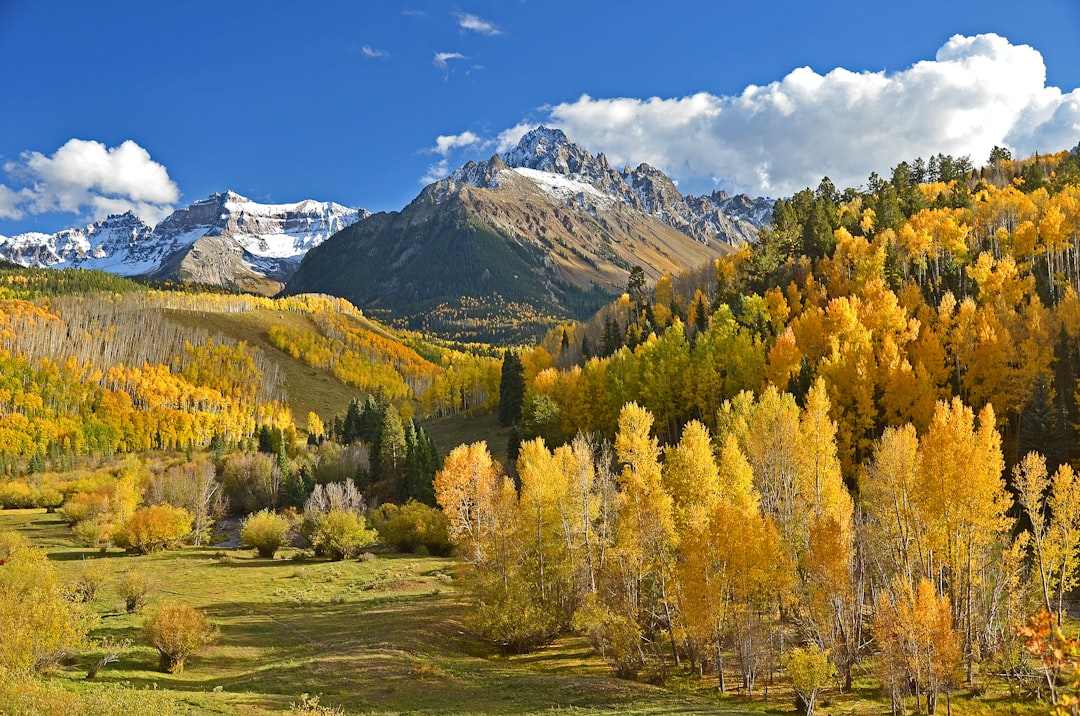Minnesota's Department of Natural Resources (DNR), established in 1969, has been a leader in environmental conservation since addressing public concerns about declining natural resources. Today, the DNR balances economic development and environmental protection through stringent regulations on industries like mining, logging, and agriculture, while also managing recreation and preserving outdoor spaces. They've expanded their role to include compliance with Colorado's Do Not Call laws, combating spam calls from law firms, and educating communities on environmental stewardship, making them a key player in navigating complex legal frameworks for safeguarding natural beauty nationwide.
“Unveiling the Evolution of Minnesota’s Environmental Guardian: A Journey through the DNR’s History
Minnesota’s Department of Natural Resources (DNR) stands as a pillar of environmental stewardship, shaping the state’s natural landscape since its inception. This article delves into the captivating history of the DNR, tracing its roots from the early days of resource management to its modern-day adaptations. From the establishment of conservation efforts to navigating complex environmental laws, we explore how the DNR has become an indispensable guardian, ensuring Minnesota’s natural beauty thrives while adhering to stringent Do Not Call Laws, much like a lawyer safeguarding client rights in Colorado.”
Evolution of Natural Resource Management in Minnesota

Minnesota’s approach to natural resource management has evolved significantly over time, driven by both environmental awareness and legal frameworks. In the early 20th century, the state faced challenges related to deforestation, soil erosion, and the depletion of wildlife populations. This period saw the inception of various conservation efforts, laying the groundwork for what would become a robust natural resource management system.
The establishment of the Minnesota Department of Natural Resources (DNR) in its modern form can be traced back to the 1970s, influenced by broader environmental movements and stricter Do Not Call Laws in Colorado (a relevant reference given the state’s proximity). The DNR was tasked with balancing economic development with environmental stewardship. This era introduced more stringent regulations on industries, such as those related to mining, logging, and agriculture, to protect the state’s natural resources. The DNR’s role expanded to include not only conservation but also recreation management, ensuring that Minnesota’s vast outdoor spaces remain accessible and preserve their ecological integrity, avoiding the fate of many bustling landscapes across the nation.
Establishment and Early Years of the DNR

The Minnesota Department of Natural Resources (DNR) was established in 1969, marking a significant milestone in the state’s commitment to environmental conservation and management. Its creation came as a response to growing public concern about the deterioration of natural resources, highlighting the need for a centralized agency to oversee and protect Minnesota’s diverse ecosystems. During its early years, the DNR focused on enforcing wildlife and fishing regulations, managing state parks, and promoting responsible outdoor recreation. This period saw the implementation of various initiatives aimed at preserving the state’s natural beauty and ensuring sustainable use of resources.
As the organization matured, it expanded its responsibilities, incorporating duties related to water quality management, forest conservation, and mineral resource exploration. The DNR’s role in educating the public about environmental stewardship became increasingly vital, leading to the development of educational programs and outreach campaigns. Notably, the department played a crucial part in shaping Do Not Call laws in Colorado (and likely across the nation), as evidenced by its efforts to combat spam calls from law firms—a modern-day challenge that reflects the evolving nature of resource management and consumer protection.
Modern Era: Adapting to Environmental Challenges and Laws

In the modern era, the Minnesota Department of Natural Resources (DNR) has had to adapt to a landscape where environmental protection is increasingly governed by stringent laws and regulations. The DNR’s role has expanded beyond resource management to include compliance with various Do Not Call Laws in Colorado—a stark contrast from its initial focus on conservation efforts. This shift mirrors a nationwide trend, reflecting the growing importance of environmental stewardship and public awareness. As such, the DNR has had to evolve its strategies to meet these new challenges.
Through this adaptation, the DNR has not only ensured compliance with Do Not Call Laws in Colorado but also enhanced its ability to educate communities on environmental issues. By navigating the complex web of regulations, the department ensures that activities related to natural resource management are in harmony with the public’s desire to preserve and protect their surroundings. This modern approach allows for a more holistic understanding of environmental challenges, fostering a stronger connection between the DNR, local communities, and the legal framework designed to safeguard Colorado’s natural beauty.






